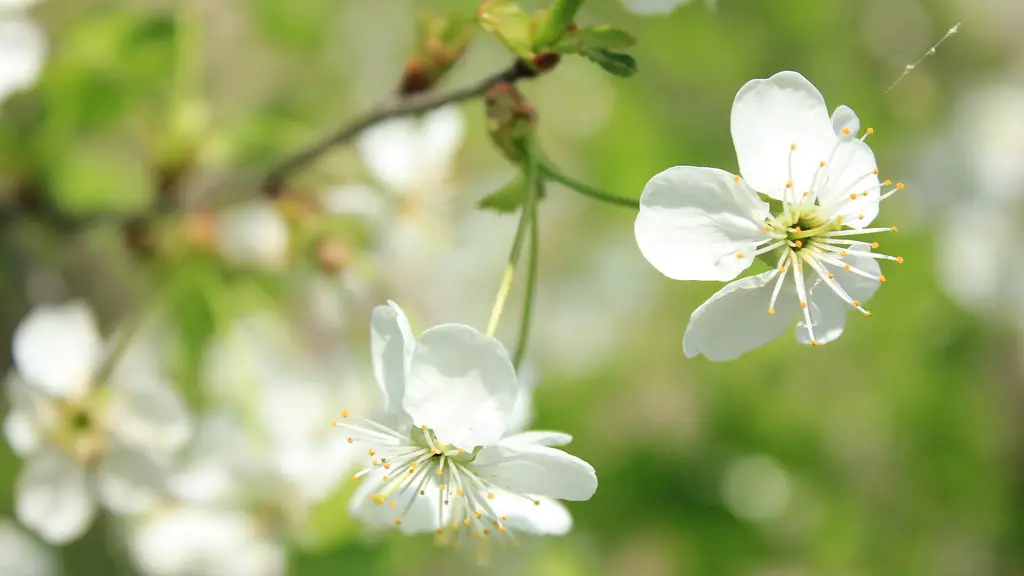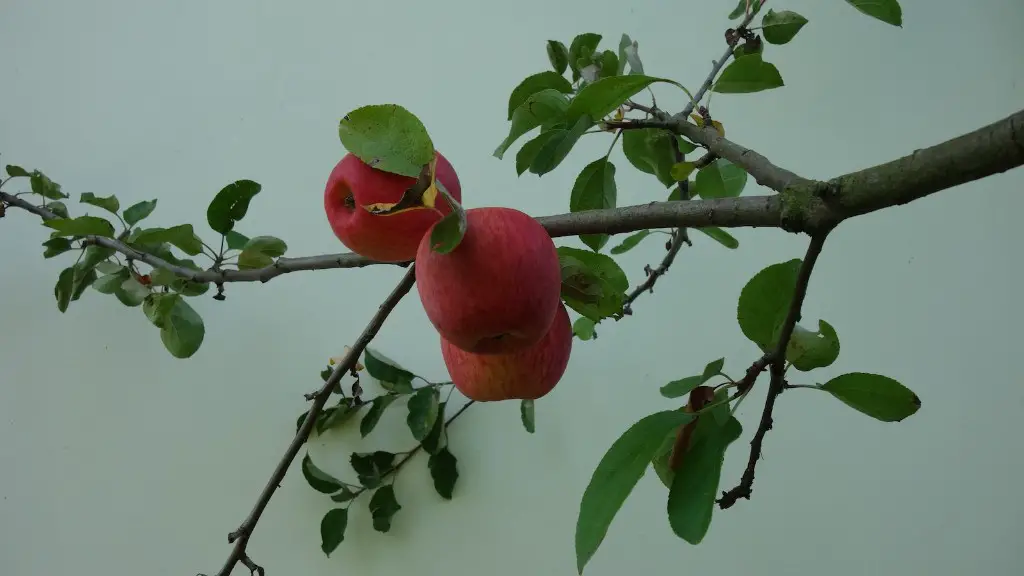Overview
Pruning is a regular maintenance practice that can help maintain the overall health of a flowering cherry tree. Pruning helps flowering cherry trees maintain their proper shape and size, prevent disease, and promote the growth of healthy new foliage and blooms. This article provides a step-by-step overview on how to properly prune a flowering cherry tree.
Getting Started
Before pruning a flowering cherry tree, it’s essential to assess the tree for any damaged, diseased, or dead branches, in addition to any insect infestations. Remove any dead, diseased, and crossing branches, as these can spread diseases to unaffected parts of the tree. If a high amount of pruning needs to be done, it’s recommended to space out the pruning over several seasons to avoid shocking the tree.
Gathering the Right Tools
In order to prune a flowering cherry tree effectively, it’s important to have sharp pruning shears and secateurs. It’s also recommended to wear gloves and protective eyewear while pruning to protect your hands and eyes from sharp, flying branches.
Prune to Encourage Growth
Once you’ve gathered the right tools, it’s time to start pruning. In general, pruning should be done when the tree is not blooming. Pruning lightly during the winter and early spring encourages the growth of healthy, blooms. Focus on removing small branches, as this helps keep the tree’s shape and encourages more flowers. Prune branches that are more than half an inch thick and leave silvery-coloured pruning cuts. It’s also important to remember to keep the centre of the tree open so it receives adequate light and air.
Clean Up and Dispose of Trimmings
After you’ve finished pruning the tree, clean up any dropped branches and trimmings. Then, dispose of the trimmings by placing them in an approved composting facility or in a tightly sealed bag for trash collection.
Water After Pruning
Once all pruning is finished and the trimmings have been disposed of, it’s important to water the tree. Watering encourages the flow of nutrients and helps the tree cope with the shock from pruning. Additionally, mulching the tree with leaf-mould, compost, or bark can help retain moisture and keep the soil warm.
Care for the Tree All Year Round
Pruning is only one way to maintain a healthy flowering cherry tree—it’s also important to monitor the tree for any pests and diseases, and water it regularly. Additionally, planting a suitable variety of companion plants, such as hellebores, azaleas, and daffodils to encourage pollination and promote healthy foliage and blooms.
Regular Maintenance is Key
Remember that regular pruning is the key to maintaining a healthy, blooming flowering cherry tree. Pruning four times a year, once in autumn, winter, spring, and mid-summer, is the most effective form of regular maintenance.
Tools and Equipment
Having the right tools and equipment for pruning your flowering cherry tree is crucial for successful pruning. In addition to sharp pruning shears and secateurs, it’s also important to have a ladder or tree pruning pole to access the canopy, gloves to protect your hands, and protective eyewear for safety.
When to Prune
Pruning should generally be done when the tree is not blooming to avoid removing future flowers. Try to avoid pruning during the summer months, when stress on the tree is heightened due to the hot summer sun. Prune lightly during the winter and early spring to encourage the growth of healthy, blooms.
Prune Old Blooms
After the flowering period, it’s important to prune old flowers to promote the development of new flowers in the future. Remember to prune any broken or dead branches during this time as well. Pruning during the dormant season also helps eliminate risks of infection caused by the spread of diseases.
Prune to Keep the Shape
When pruning a flowering cherry tree, focus on keeping its shape. To do this, prune branches that are too long, too close to each other, or heading down. Keeping the centre of the tree open helps it receive adequate light and air, which is essential for keeping the tree healthy. It’s also important to leave silvery-coloured pruning cuts.
Bypass Pruning Shears
Bypass pruning shears work great for small branches and twigs, as the blade helps cut cleanly through the branch without crushing it. Pruning shears can be used to prune large branches, however it’s important to make sure the blades are sharp to avoid damaging the branch. When pruning with pruning shears, make sure to avoid cutting branches at an angle.
Handsaw
For thick branches, the safest and most effective tool to use is a handsaw. Make sure the handsaw is sharp and firmly secured in place before beginning to cut. When cutting, angle the saw away from your body and make sure to cut at a slight angle so that rain does not collect on the cut and cause it to rot.



